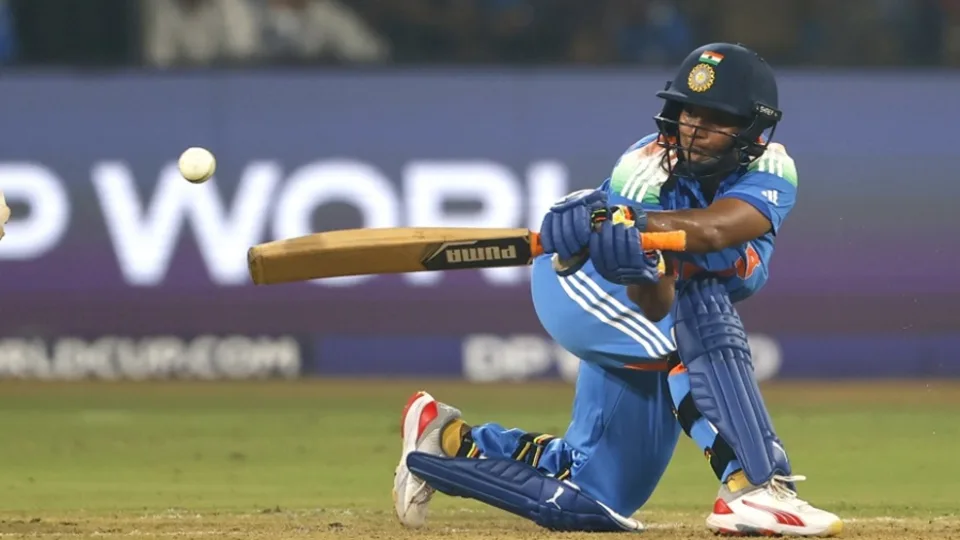
India on the verge of crashing their own World Cup party as cracks threaten to derail their entire campaign.
India and the cracks in their side threaten to bring down their whole World Cup.
Every time the Holkar Stadium in Indore hosts an international game, an odd phenomenon occurs there. To make it easier to enter the north stand, which contains the press box, a tiny portion of the wall between the stadium and the nearby basketball court has been destroyed. The wall is rebuilt after the game (or series) is finished. There is a permanent grill gate that opens when the wall is taken down, thus it is not a temporary entrance.
India’s performance at the Women’s World Cup 2025 may be roughly explained by this analogy: the more things have changed, the more they have stayed the same.
The lower order helped India reach a respectable score against South Africa, but the bowlers were unable to sustain it as the top and middle order collapsed. The middle and top orders provided them with the platform against Australia, but the lower order failed to contribute and their bowlers lost way under the strain.
With seven wickets in hand, a set batter in, and 57 runs needed off 57 balls, India was now chasing 289 against England. This seemed comfortable, right? In such a situation, the pursuing team would very certainly be favoured to win. The eleventh time was Sunday. From there, India lost this World Cup for the third time in a row.
After India was 42 for 2 in ten overs, the chase was set up in part by the strategic attack of Smriti Mandhana and Harmanpreet Kaur. With an outside edge, Mandhana hit her maiden four off the 23rd ball after getting off to a rough start and facing just 18 deliveries in the first 12 overs. As India’s senior pair carefully selected their battles, Harmanpreet produced her most fluid innings of the competition. All of this comes after England appeared to be headed for a total of 320 or more, but India’s bowlers, led by Deepti Sharma, helped pull them back.
India has recently suffered from the bowling style of England’s two left-arm spinners. However, they didn’t take a wicket until the 42nd over. Both Mandhana and Harmanpreet exploited the loft over extra cover to relieve pressure whenever England bowled anything wide outside off. They needed just 122 balls to reach their 125-run stand.
India had brought in an extra bowler (Renuka Singh) after dropping a batter (Jemimah Rodrigues). Therefore, one of Mandhana and Harmanpreet had to finish the chase.
In the deep, Linsey Smith opted for the square leg, midwicket, long-on, and long-off around-the-wicket angle. Mandhana was tempted to investigate that area in order to get India’s ask under five an over because the extra cover was obvious. Mandhana lost control of her stroke and holed out to long-off after Smith caused the ball to veer slightly off course.
The English were relentless. In the next powerplay, they forced Smith and Sophie Ecclestone into service, limiting India’s total to 31 for 2 in the six left-arm spin overs. The squeeze was really on. An example of this would be Deepti’s development, as she scored 36 runs prior to Mandhana’s collapse after facing just 14 dots off her first 39 balls and has subsequently scored 10 dots in the last 18 balls.
For India, it is not all bad news. They are far from finished with their campaign. They have two more games at DY Patil, where they have recently played a lot, against Bangladesh and New Zealand. They can draw inspiration from their most recent winners: after losing their opening three games at the 2022 World Cup, England advanced to the semi-final and placed second.
The wall has cracks in it. Before it ruins yet another home World Cup, India must make sure they repair it.

